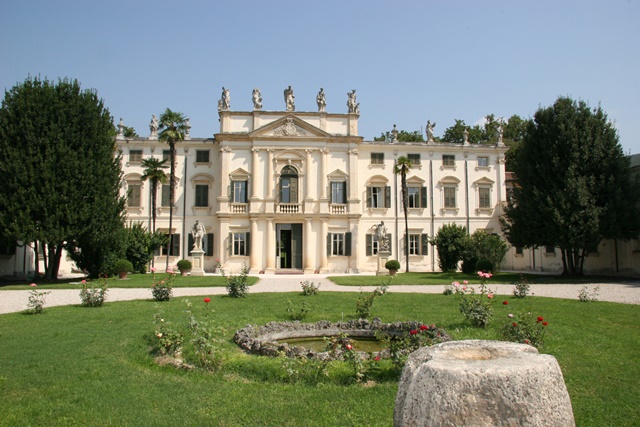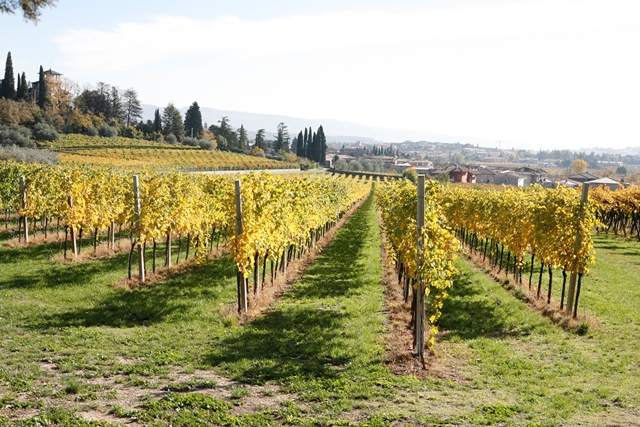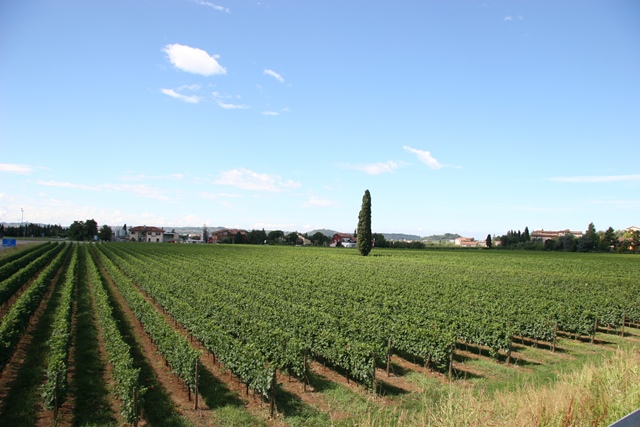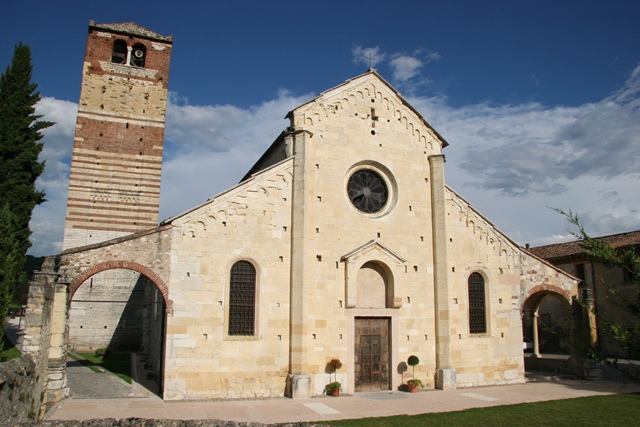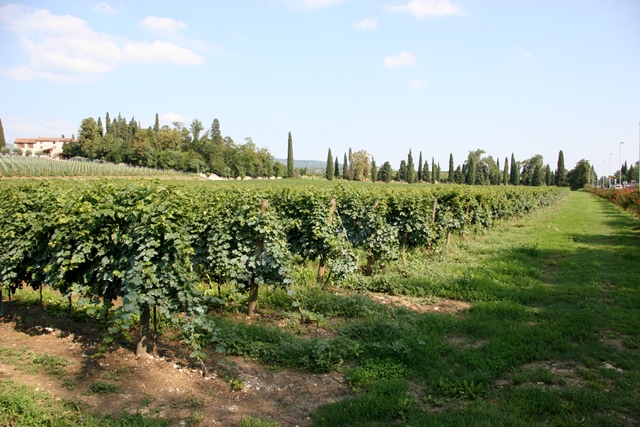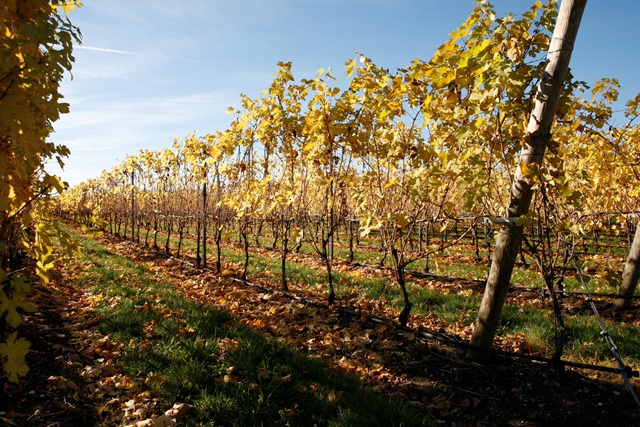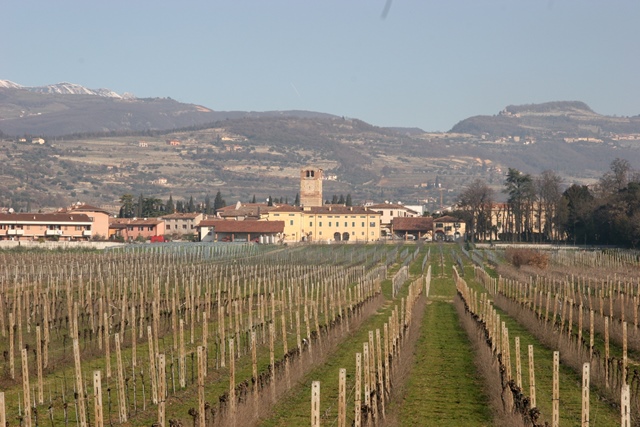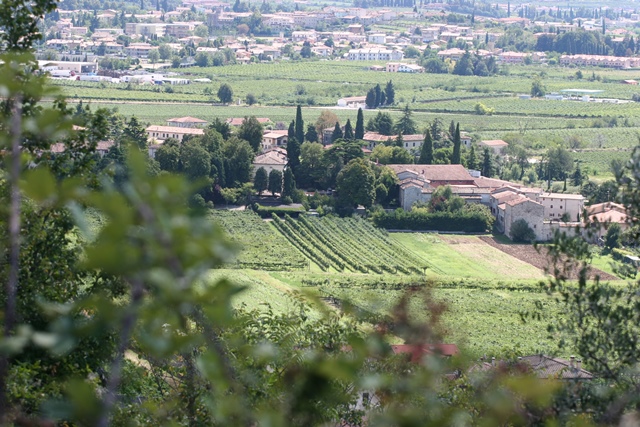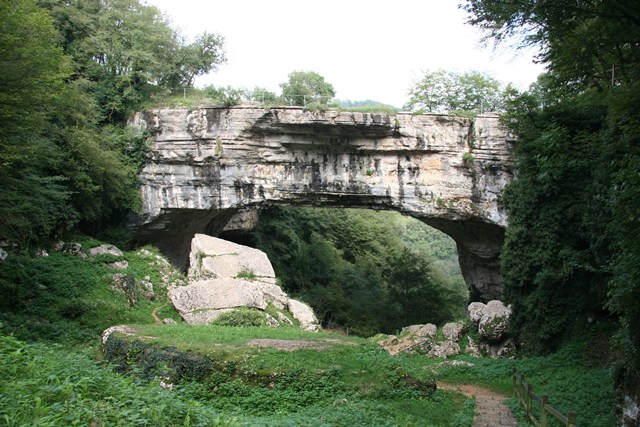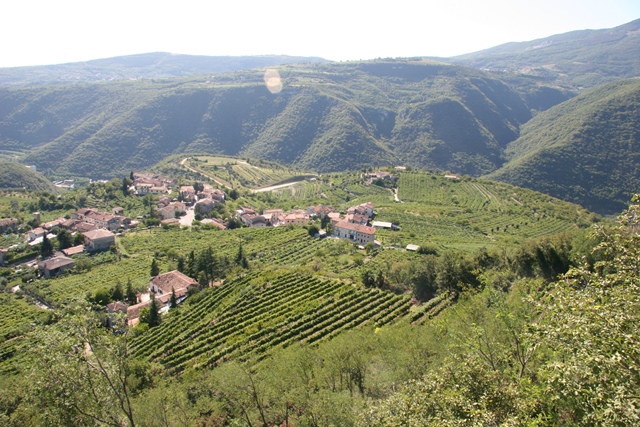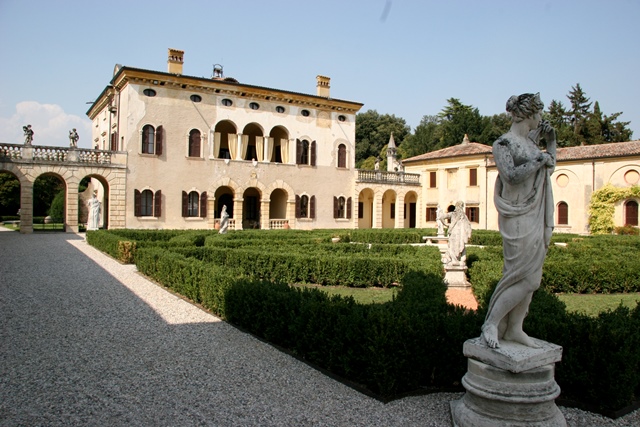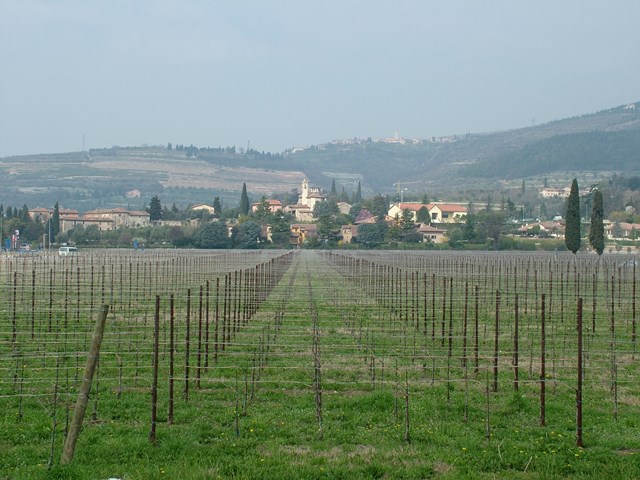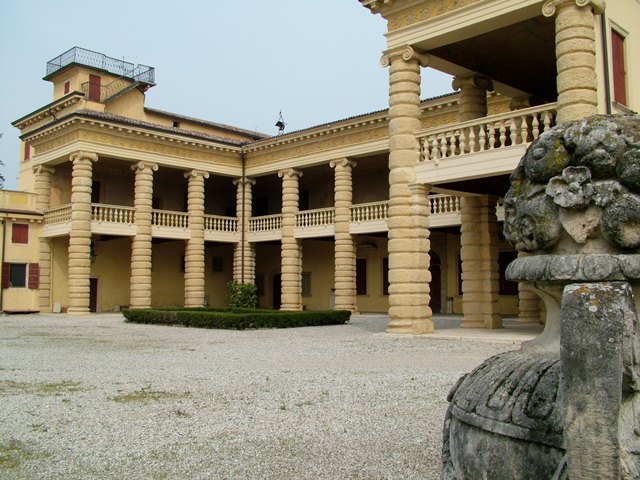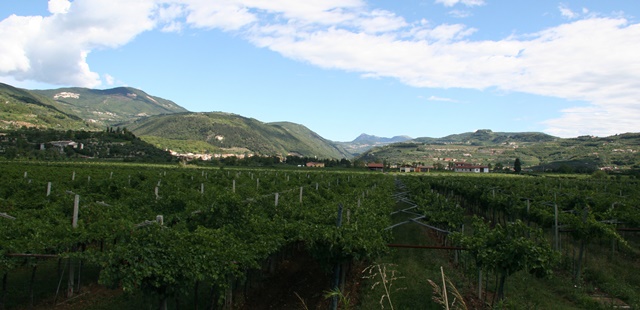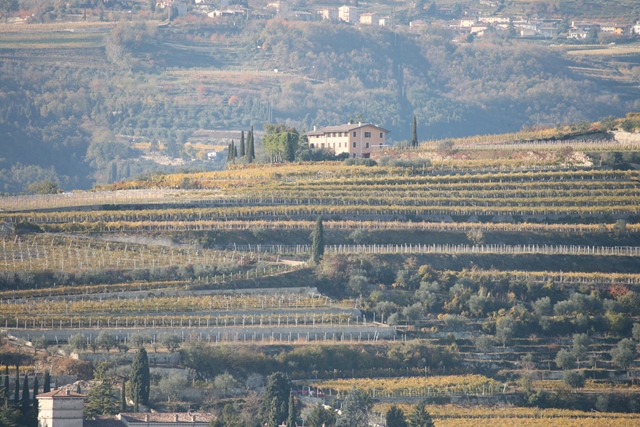The territory of Valpolicella extends over 240 km² of land and is located in northern Italy, in the Veneto region, in the northwest of Verona.
Rich in culture and in wines and food, its borders are: the Western Pre-Alps to the north, the Adige River to the south, the Valdadige valley to the west and the city of Verona to the east.
Nearby Lake Garda is located 15 km further to the west.
Valpolicella is composed of the following eight municipalities: Sant’Anna d’Alfaedo, Dolcè, Marano di Valpolicella, Negrar, Fumane, Sant’Ambrogio di Valpolicella, San Pietro in Cariano and Pescantina.
FAMOUS PEOPLE
– Flavius Magnum Aurelius cassiodorus (c. 490 – c. 583): politician, man of letters and Roman historian.
– Mastro Orso: famous sculpturer of the 6th and 7th centuries, he ornamented the ciborium (a columned canopy) of the Church of San Giorgio di Valpolicella.
– Dante Alighieri (Florence, between May 14th and June 13th 1265 – Ravenna, between September 13th and 14th 1321): poet, writer, and Italian politician. Considered to be the father of the Italian language, he is the author of The Divine Comedy as well. As an exile in this period, he travelled through many courts including that of the Scaligeri family in Verona, which included visits to Valpolicella.
– Federico della Scala: a Count in Valpolicella, home to the vicariate, from 1311 to 1325.
– Giangiacomo Pigari: historian and humanist of the 16th century who was born in Negrar and was well known for his collection”Privilegia et iura Vallis pulicellae”.
– Bartolomeo Lorenzi (Mazzurega, 1732- 1822): monk and writer. Bartolomeo Lorenzi entered the seminary in Verona where he was ordained a priest and taught until 1776. His most important work is the poem “Coltivazione de’ monti” [“Harvesting of the Mountains”].
– Emilio Salgari (Verona, August 21st, 1862 – Turin, April 25th, 1911): was an Italian writer of popular adventure novels and fantastical stories; he is considered one of the first precursors of science fiction in Italy. An extraordinarily prolific writer, he is most remembered for his cycle of stories about the pirates of Malaysia. He was born in Verona to a small family of small businessmen and he grew up in Valpolicella, in the commune of Negrar, in the hamlet of Tomenighe di Sotto to be precise, where his family owned a considerable amount of land. He was continuously exploited by his editors, who forced him to produce a lot of stories, but from which he would receive little money, meaning that his family was forever poor. This would lead him to attempt suicide more than once, but fatally so in 1911.
MUST-VISITS
Municipality of Sant’Anna d’Alfaedo:
– Ponte di Veja, Europe’s largest “natural stone bridge”
– Prehistoric and Paleontology Museum, fossil and prehistoric displays
– Spluga della Preta (1483 m), Karst cavern/abyss
Municipality of Dolcè:
– Villa del Bene, architectural Landmark dating back to 1500
– Forte di Ceraino, Austrian fortification from 1850/1
Municipality of Marano di Valpolicella:
– “Covoli” of Marano, Karst caves
– Church of Santa Maria in Valverde, dates back to 1862
Municipality of Negrar:
– Prun caves, a complex of dug-out tunnels carried out in c. 1700 for the extraction of marble
– Villa Novare Bertani, estate datung back to the first half of the 1700s
– Pojega Garden of Villa Rizzardi, Italian garden from the end of the 1700s
Municipality of Fumane:
– Villa della Torre, a historic-architectural jewel of the 1500s
– Molina Waterfalls, nature park
– Grotto of Fumane, prehistoric archaeology site
Municipality of Sant’Ambrogio di Valpolicella:
– Romanic “Pieve” of San Giorgio, a Lombard Romanic parish church from 712 AD
– Villa Serego Alighieri, villa belonging to the descendants of Dante’s son, dates back to 1353
Municipality of San Pietro in Cariano:
– Pieve of S.Floriano, Romanic-Barbarian parish church dating back to 905
– Villa Santa Sofia, Palladian villa dating back to1500-1700
– Villa Giona, 15th century villa
Municipality of Pescantina:
– Museum of Memory and Monument to Prisoners of War, in memory of those killed by the Nazis during World War II
– Ethnographic Museum, museum of traditions about living and working along rivers
Thanks to www.valpolicellaweb.it

